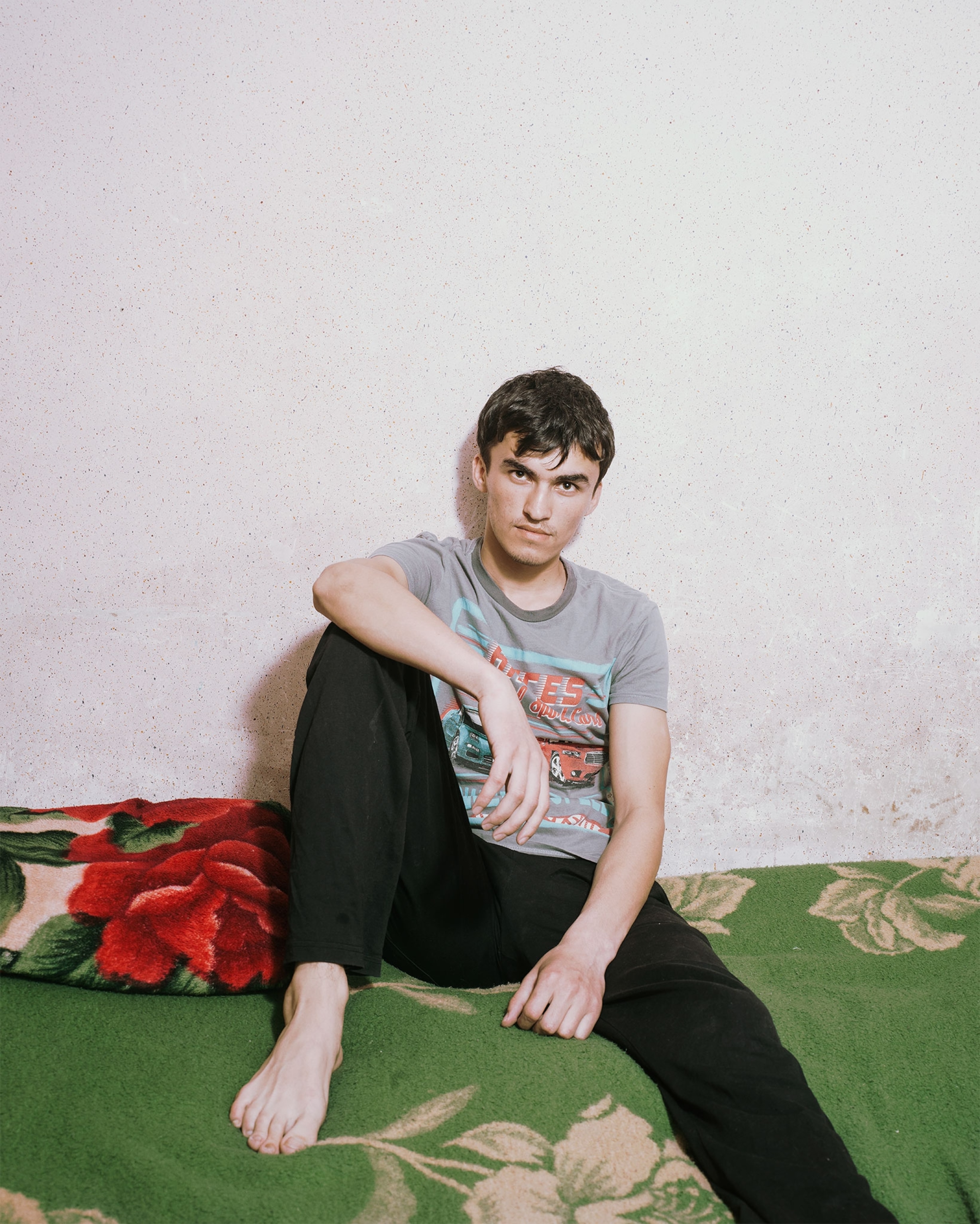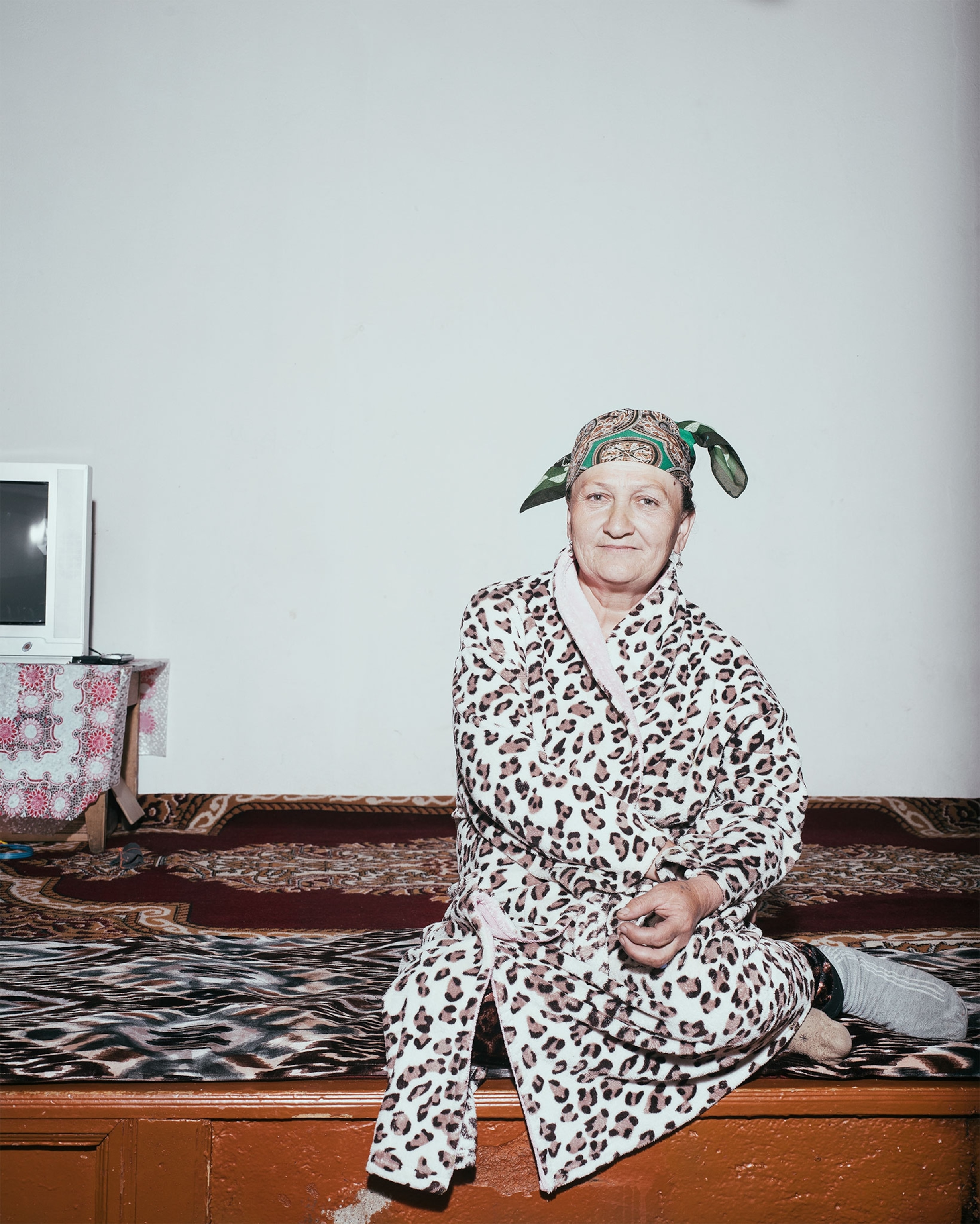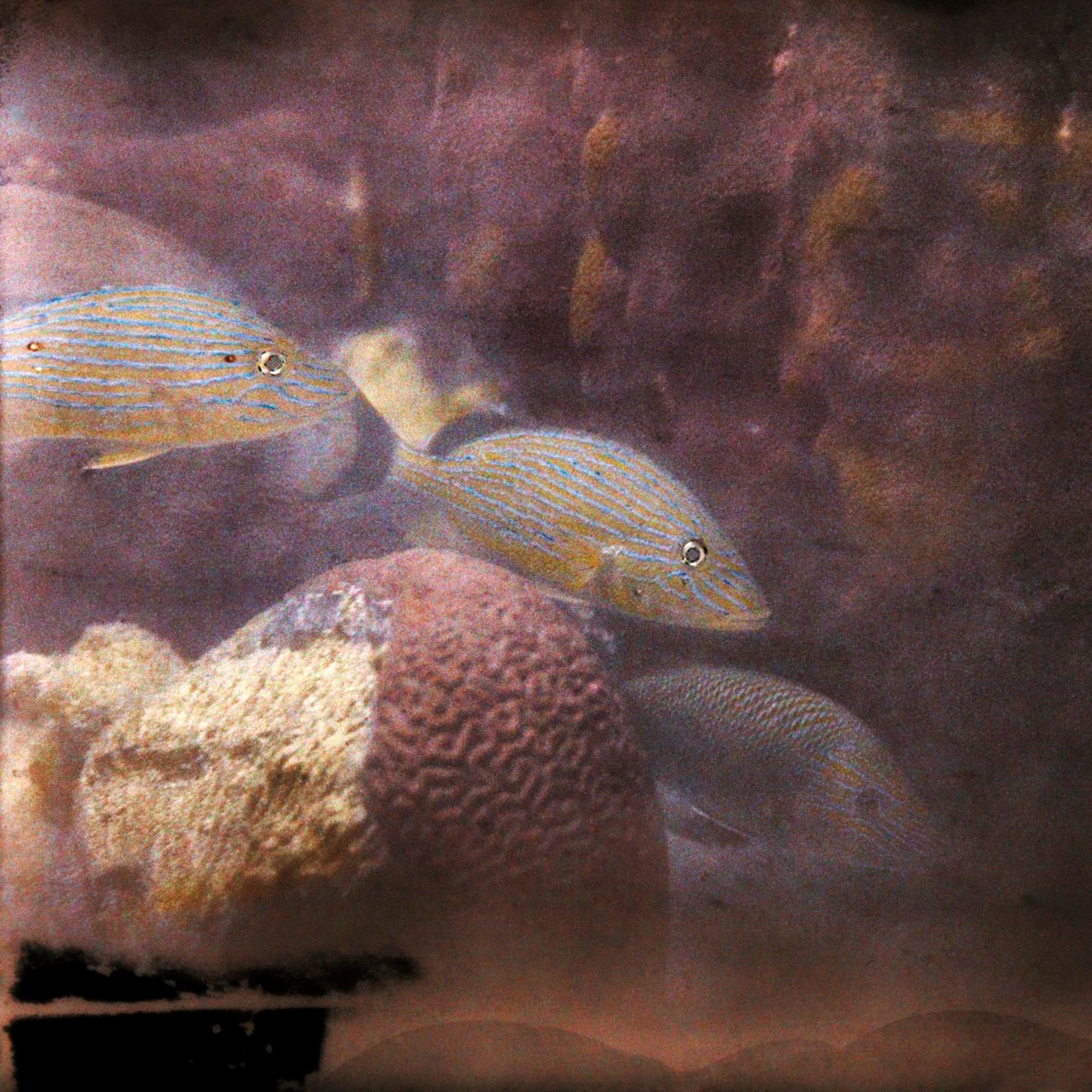
25 Years After Independence, a Country at a Crossroads
A photographer explores life in remote and rugged Tajikistan, the poorest of the former Soviet bloc countries.
“That’s the ‘roof of the world'," says Didorali, my fixer, pointing vigorously toward the majestic Pamir Mountains on the opposite side of the valley.
It's 25 years after the collapse of the Soviet Union, and I'm spending three weeks traveling across Tajikistan to explore the imprint left on the poorest of the former Soviet bloc countries. Here, I meet some of the hundreds of thousands of Tajiks who are believed to be Russian guest workers and who, because of sanctions in Russia and the downfall of the ruble, are returning to their native country.
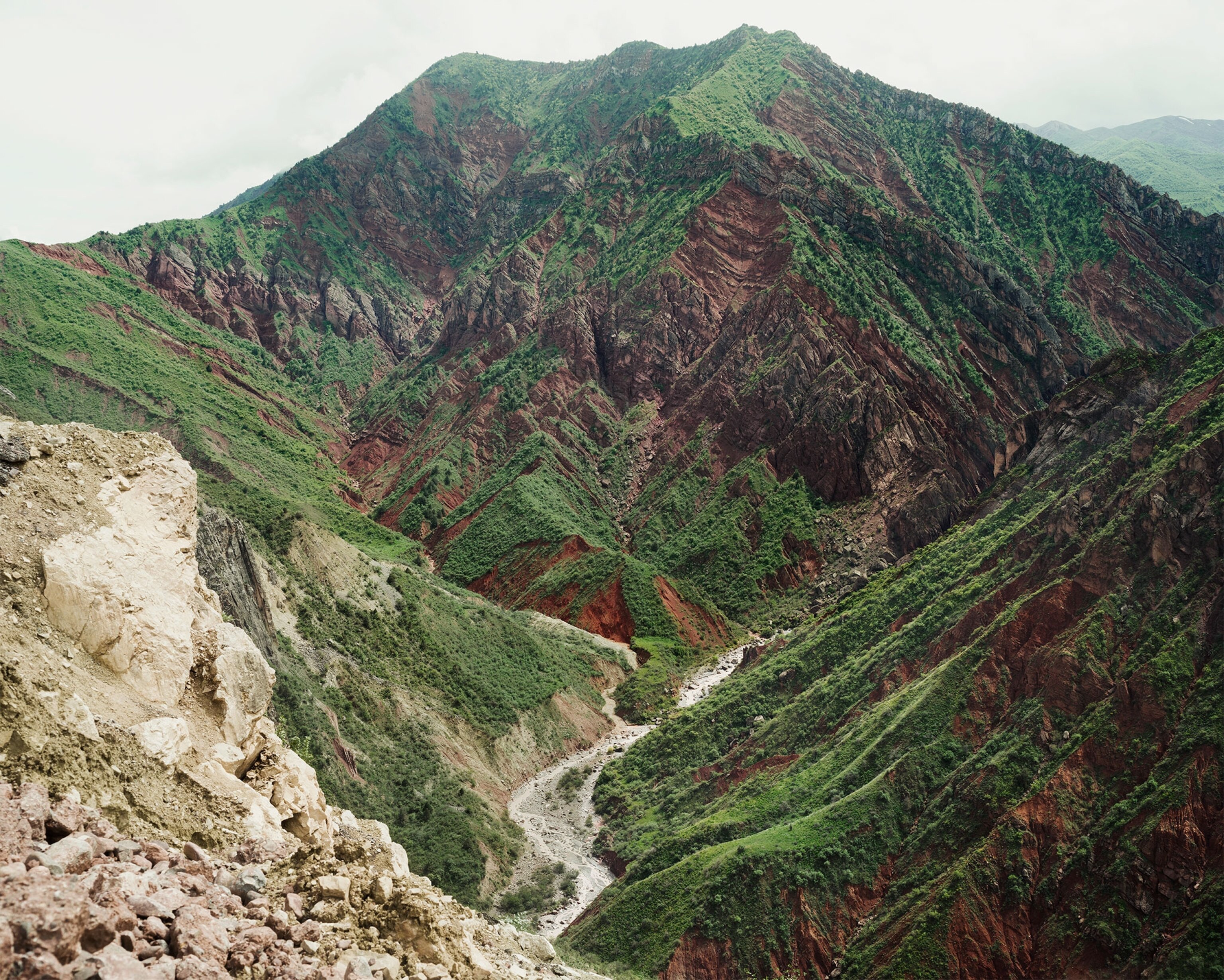
On a Saturday morning in mid-May, Didorali and I drive along the Panj River, having just entered the mountainous Gorno-Badakhshon Autonomous Oblast, or GBAO. The river is the only thing dividing Tajikistan and Afghanistan—a stretch of water that we could easily swim across. Once one of the heavily guarded frontiers of the Cold War, the border is now barely defended from armed smugglers, kidnappers, and what Tajikistan’s government says is a looming threat from Islamist insurgents looking for a new front in their global holy war.
I'm visiting a former migrant worker named Falaknoz Nasillobekov and his wife, Jahongul, in the northeast part of Khorugh, the capital of the GBAO. The rural neighborhood is made up of traditional Pamir houses. Sipping tea and sitting on the patio in his modest but lovely garden overlooking the Gunt River, Falaknoz tells me that he, like many Tajik migrant workers, used to travel back and forth from Russia.
“I came back here a few months ago from Moscow, where I have been working since 1997," he says. "In the last ten years I came back home only a couple of times for a few months in the summer to spend some time with my family. This time I will not go back again.”
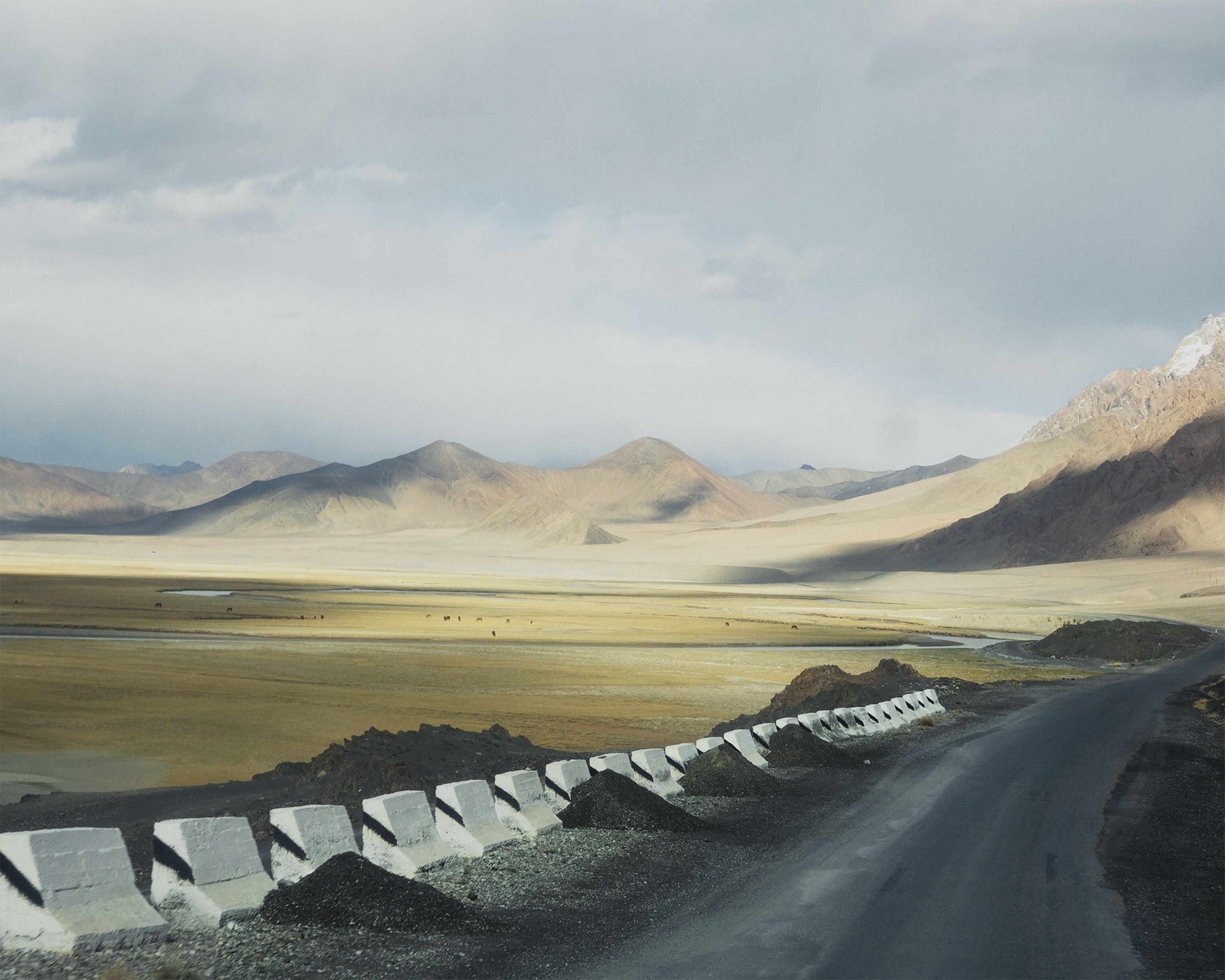
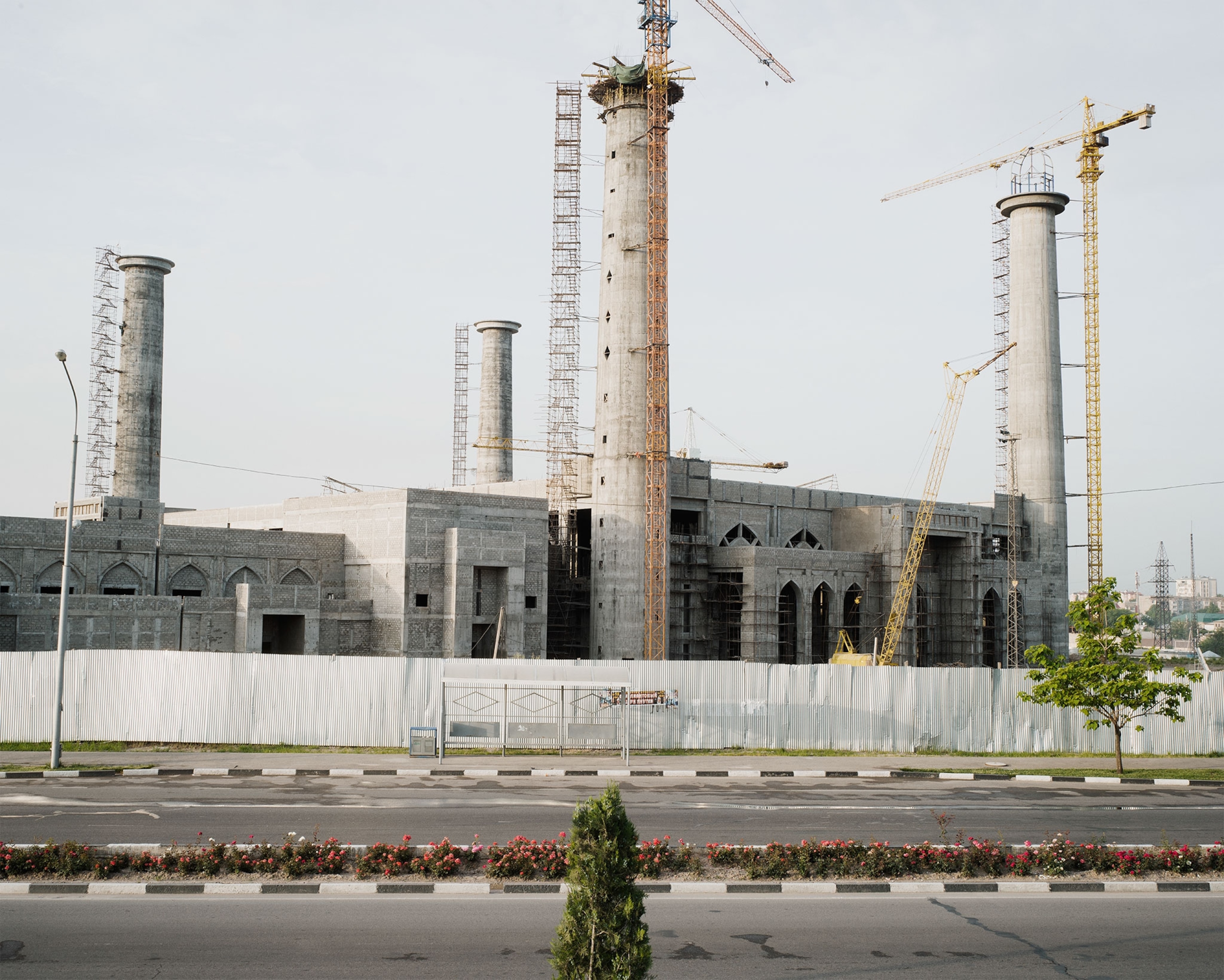
'We Are Human'
An ancient, mountainous region, Tajikistan has been occupied by the Russians, Mongols, Turks, Arabs, Persians, and Chinese. At the crossroads of Asian civilizations for more than a thousand years, it now finds itself at a new crossroads as Tajiks shift their focus from Russia to China.
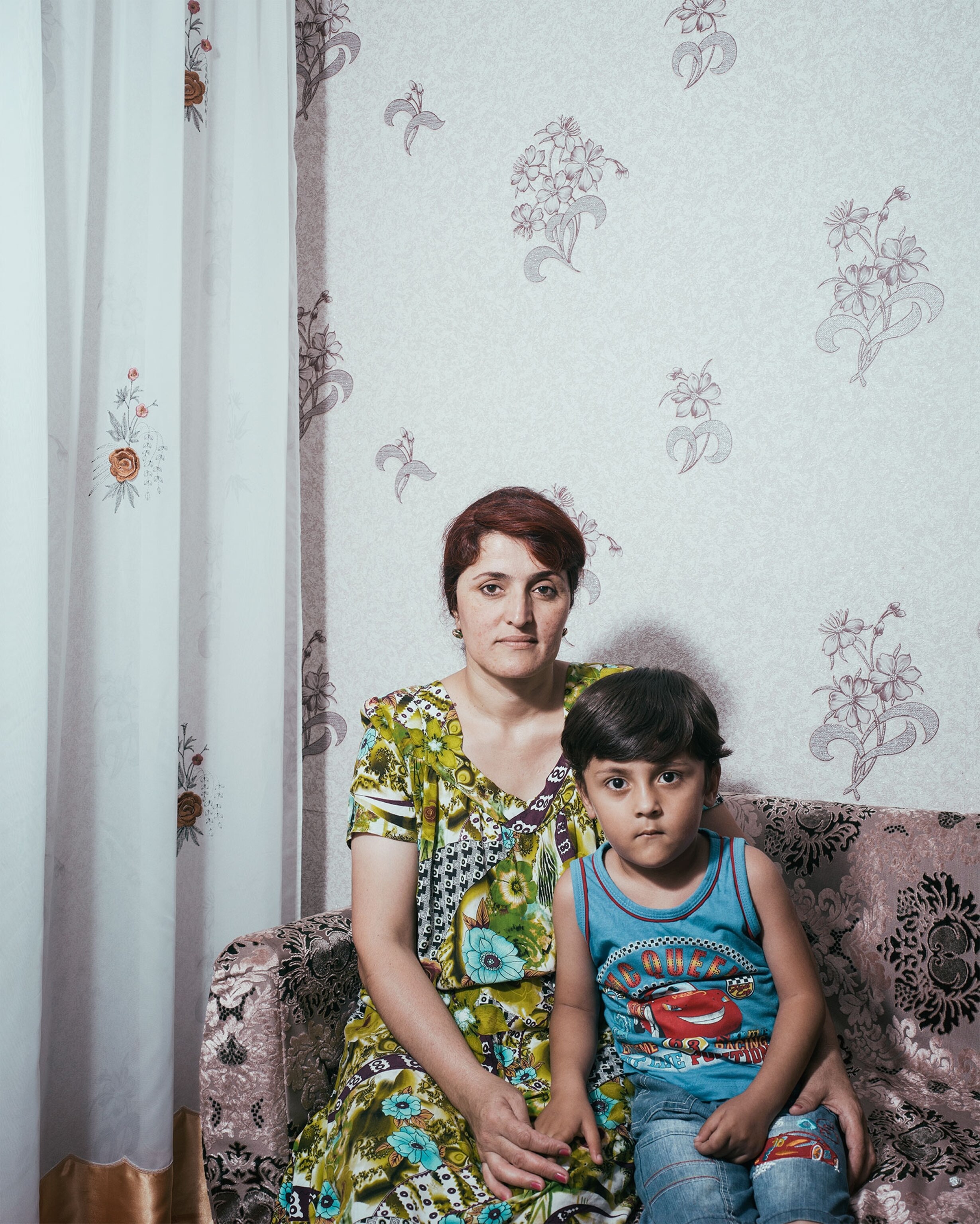
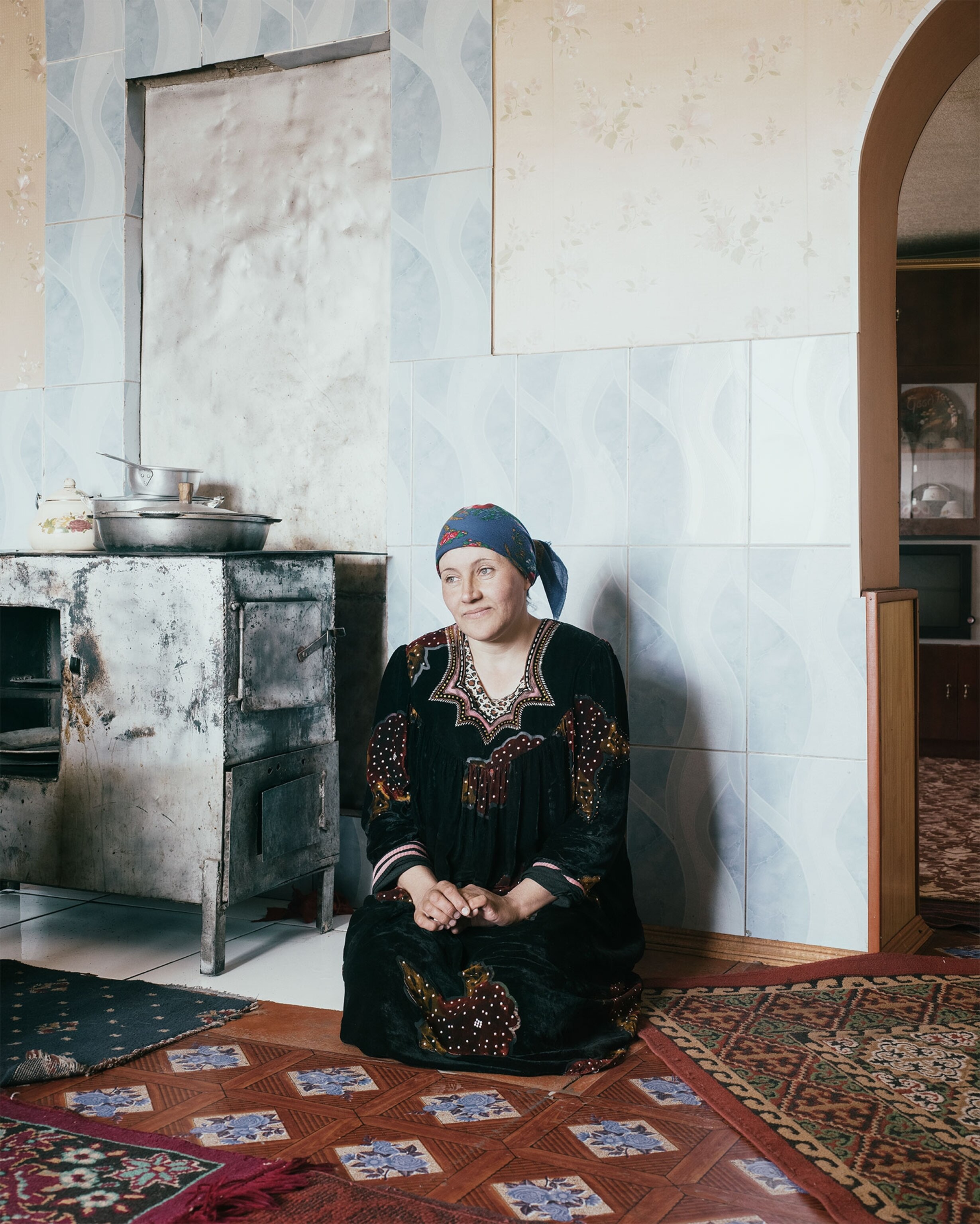
Russian influence in Tajikistan goes back to the 1860s and 1870s. In 1895, following a long-standing rivalry known as the Great Game, deputies from the British and Russian empires met on the banks of Lake Zorkol in what's now Tajikistan, charged with establishing a border with Afghanstan.
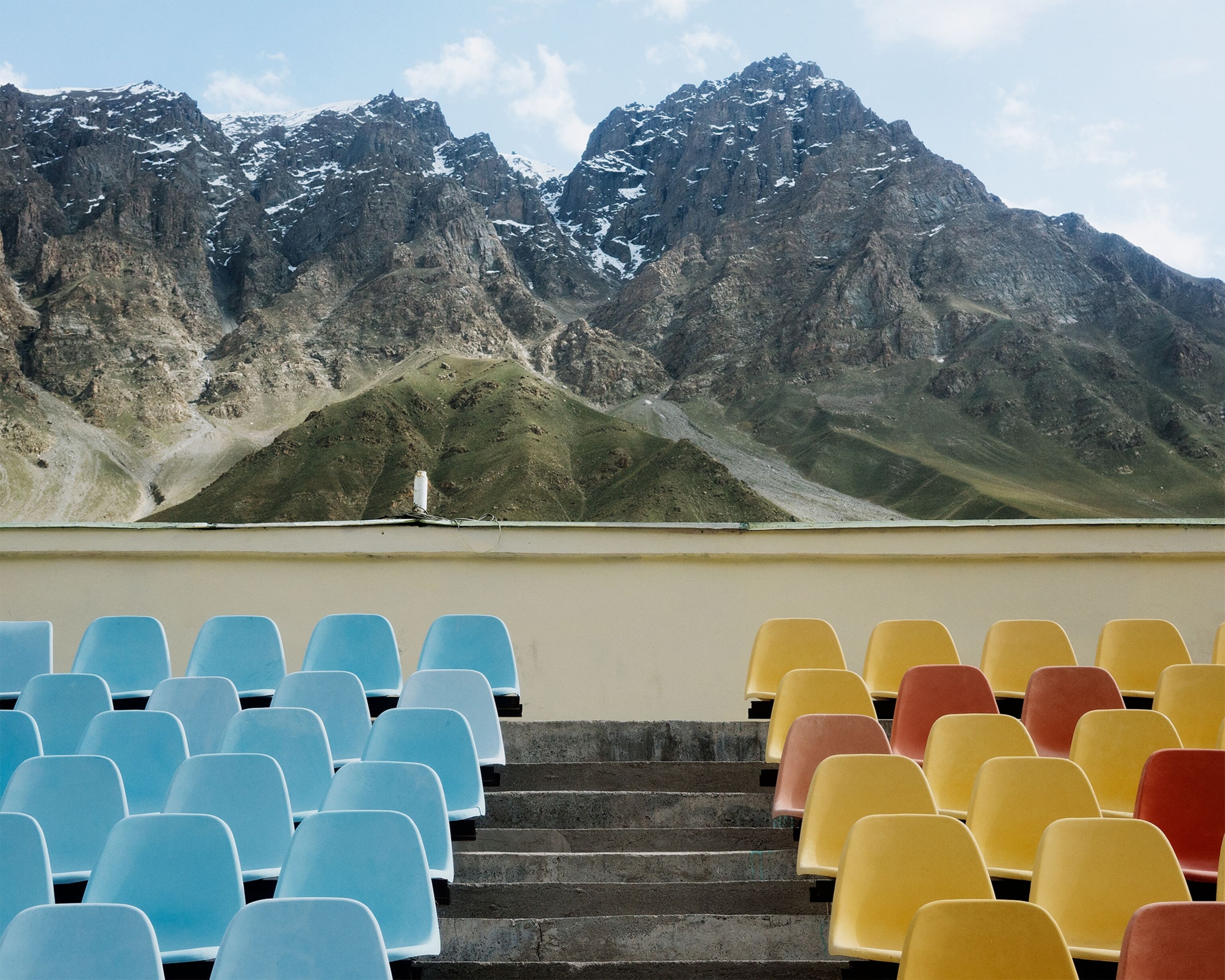
Tajikistan is by far the poorest of the 15 independent states that emerged from the dissolution of the Soviet Union nearly a hundred years later. It's a country with significant social problems, an underdeveloped economy, an authoritarian government, and, most of all, severe unemployment. Since the end of the Tajik civil war in 1997, Tajikistan has increased the number of migrant workers it sends to Russia. As recently as 2012, more than half of the country’s GDP came from remittances.
But with Russia's economy crumbling beneath the weight of sanctions, dropping oil prices, and rising neonationalist sentiment, the possibility of finding a job there has decreased over the past two years. Since 2015, changes in Russian migration law have required migrant workers to pass Russian language and history tests, acquire permits, and pay fees in order to keep their jobs.
Most of the people I talked to in Tajikistan, like Falaknoz, were vague about their living conditions in Russia but expressed concern over working conditions and racially-motivated violence.
Timur, a construction worker, has worked in Moscow for the past five years but is now back in Khorugh, near the Tajikistan-Afghanistan border, to spend time with his family.
“Yes, we are gastarbeiter [a German term that means ‘migrant workers’]," he says. "But we clean their city, we build their houses. We are human, and [the Russians] treat us like beasts."
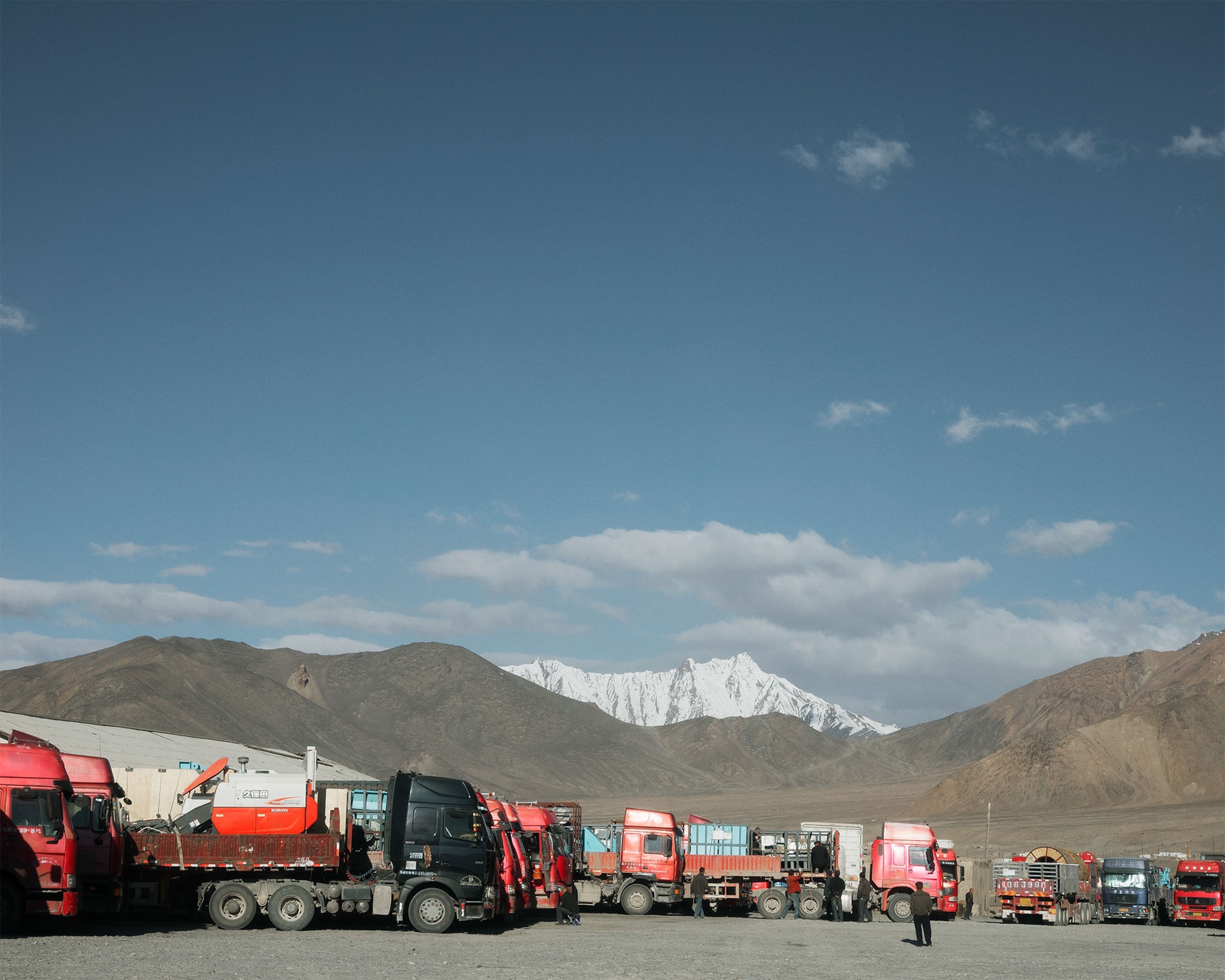
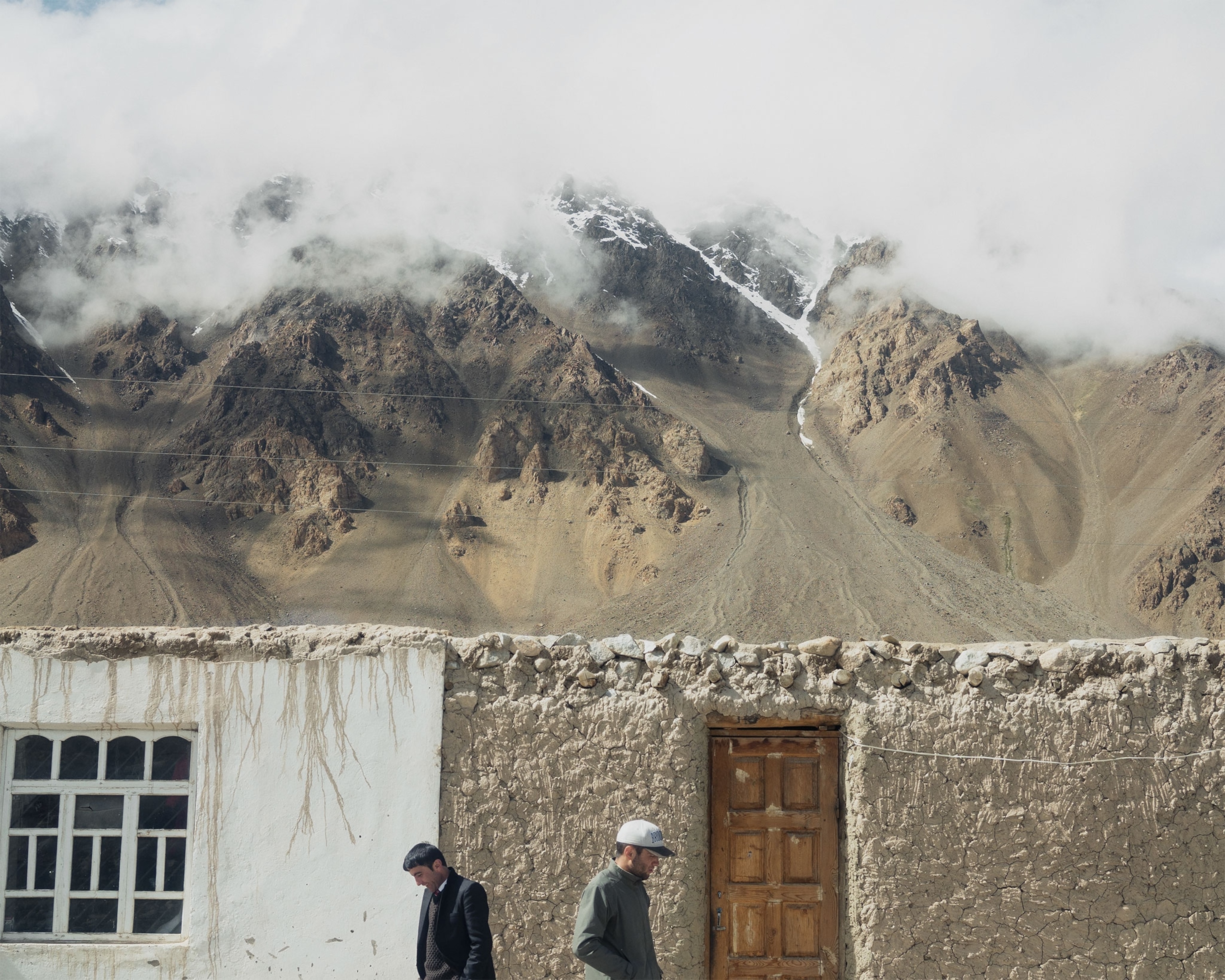
Pointing Toward China
Driving east from Khorugh to Murghob, we pass desolate villages along the dusty road. I’m speechless contemplating the beauty and magnificence of the landscape around me. Solitary groups of poplar trees appear in the middle of white, sandy islands in the fertile Panj River, and jagged, snowy peaks dominate the valley. On one side of the river, I see men working the field with rudimentary 19th-century plows and rare old Soviet tractors. On the other, I spot Afghan women in colorful clothes doing laundry along the banks.
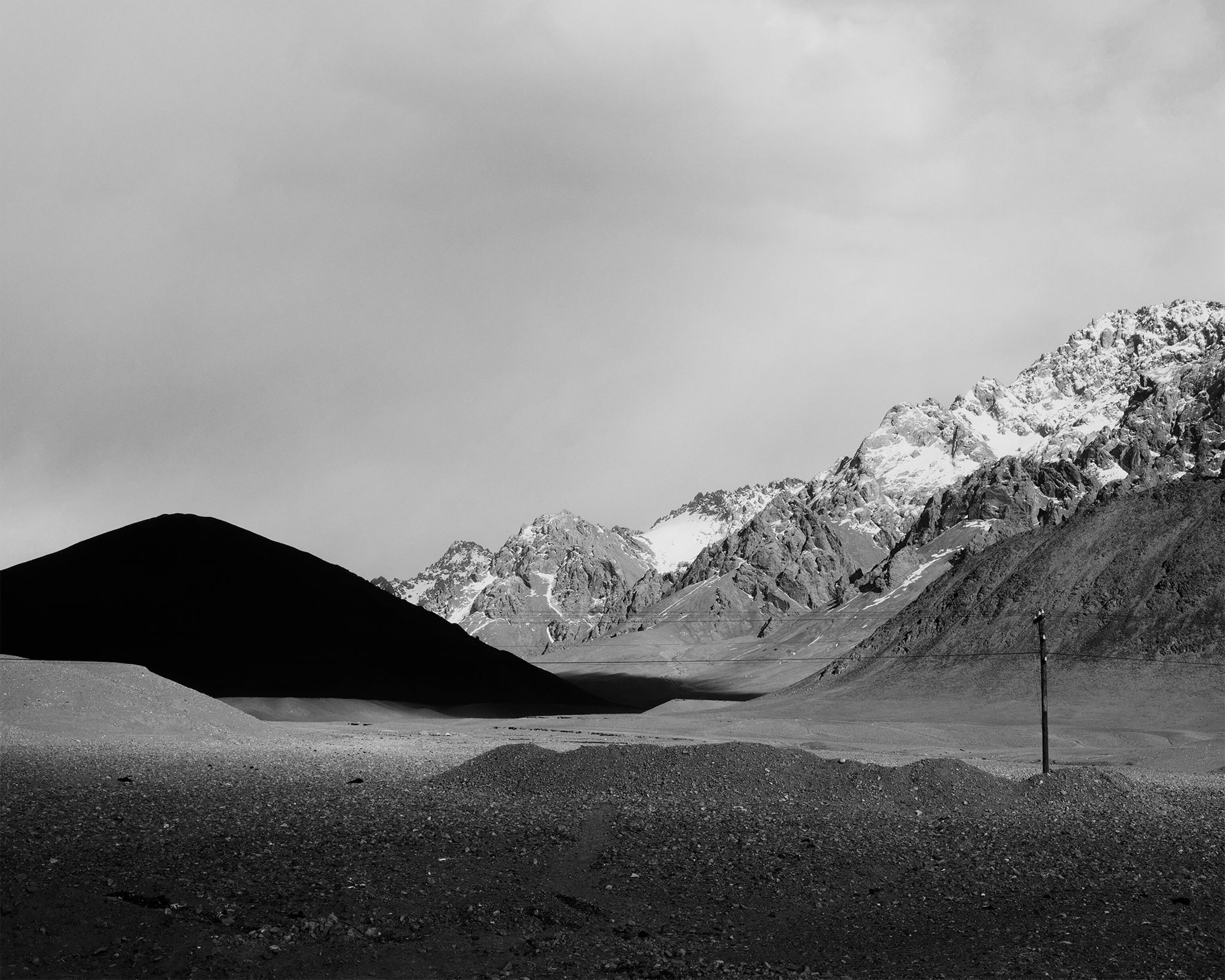
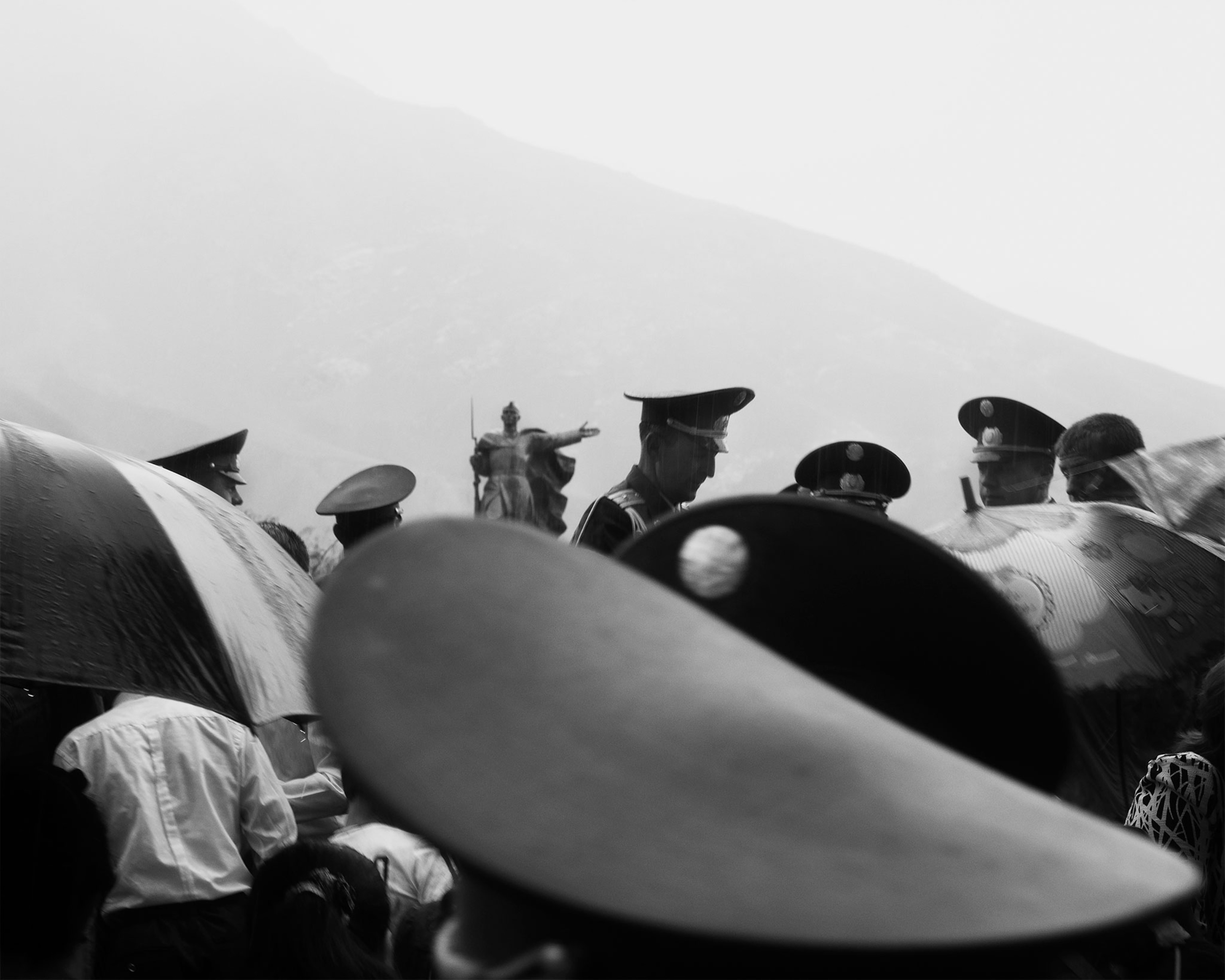
Murghob is one of those desolate villages. It was founded in 1893 as the most advanced Russian military outpost into Central Asia, but with an elevation of more than 11,800 feet and temperatures ranging from minus 40º to 104ºF in the extreme, the town doesn’t have much to offer its 4,000 inhabitants.
“Nothing grows here. We have to bring everything,” says Asad Nassilobekov. “Since we were part of Soviet Union, the Red Army had a base here. They brought everything we needed; now we have to count on the Chinese.”
About 30 Chinese trucks are parked not far from the main street, where a pale white statue of Lenin stands with an arm pointing east toward China. Today, the Chinese transport all goods. Everything from food, clothes, construction materials, cheap fabrics, electronic equipment, and more moves along the track of the old Silk Road, into Tajikistan and further to Uzbekistan, Turkmenistan, and Iran.

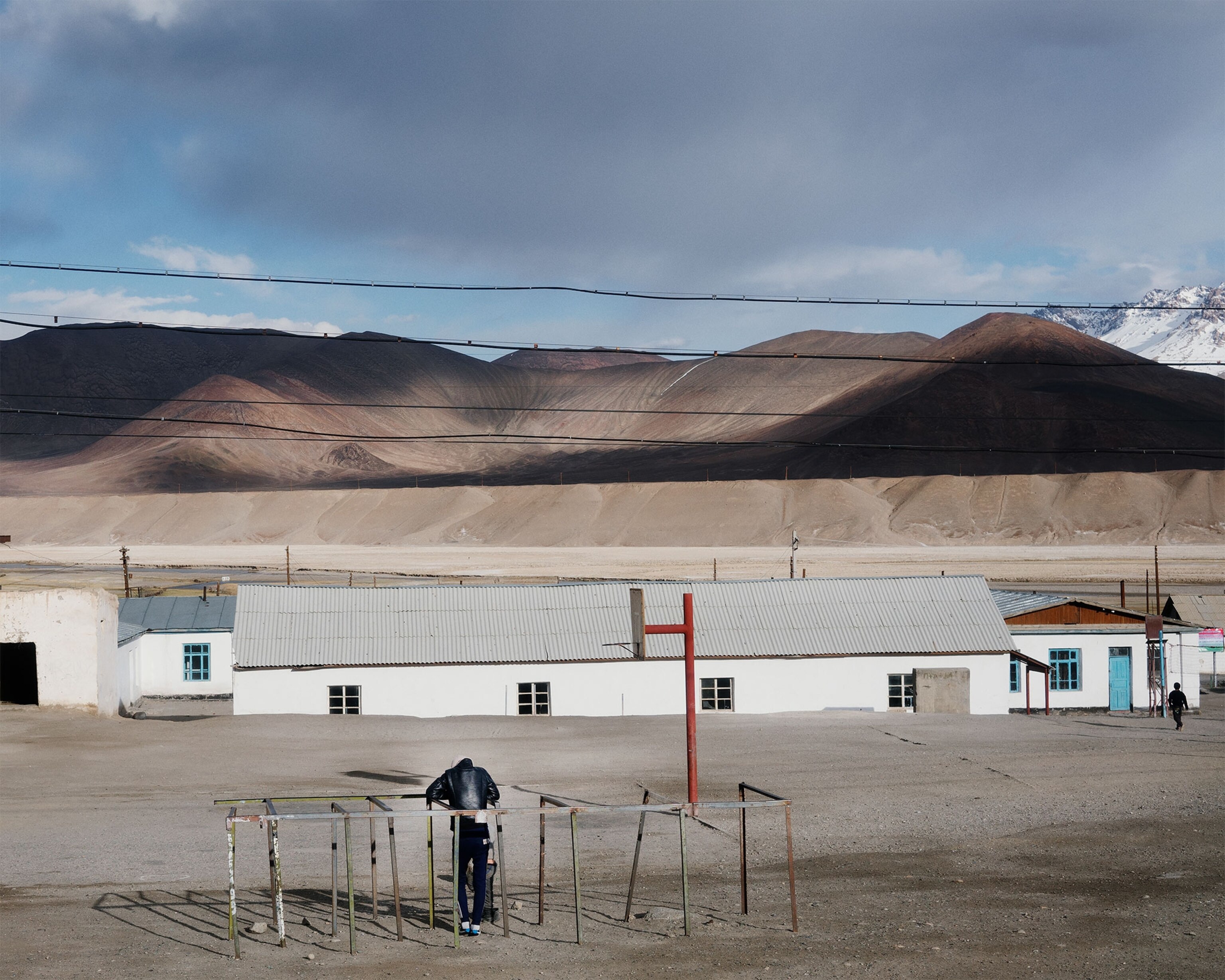
The Ties That Bind
Back in Dushanbe, Tajikistan’s capital, I meet with Hu Fang, a Han Chinese businessman, and his Tajik wife. Hu Fang moved to Tajikistan from Urumqi, China, 18 years ago and is involved in various businesses in the country.
He admits that the complex bureaucracy, high level of corruption, and weak economic conditions make it difficult to start a significant business, but he remains optimistic.
“Most of the success will also depend on how the two societies can integrate with each other," he says. "If you would have asked around ten years ago who would have helped Tajikistan, 100 percent would have answered Russia. Now an increasing number of people, especially in the leading class, understand China may be an alternative.” We're talking in the hall of my hotel, where a big mural shows a young and strangely benevolent Emomali Rahmon, the Tajik president, surrounded by an idyllic version of the country's mountains.
Surely the ties between Tajikistan and Russia, culturally and historically, are still strong, but the Lenin statue was pulled down from the main square of the capital years ago. All of the goods available at the market, although of poor quality, come from China, and more and more young people are starting to learn Chinese at the university.
I wonder if, and how soon, the Tajik men and women who once sought their fortune in Moscow will start dreaming of Beijing—looking at their future from the roof of world— or if, maybe, this is the beginning of a new Great Game.

Davide Monteleone is a photographer and visual artist with a particular interest in post-Soviet countries. You can see more of Monteleone's work on his website and follow him on Instagram.


